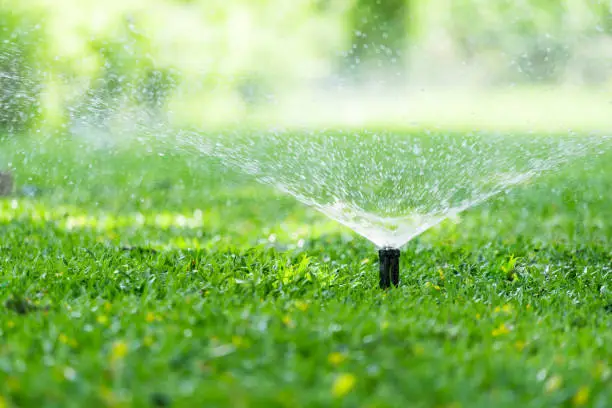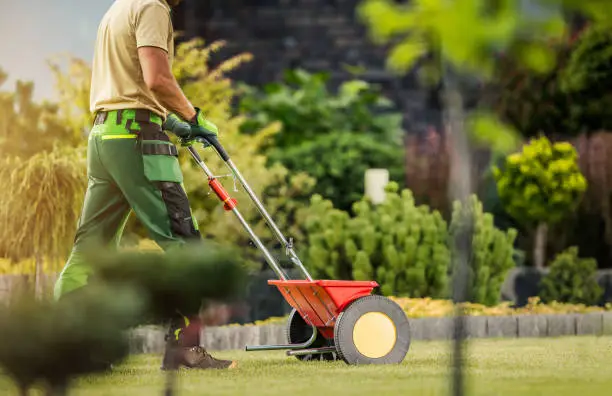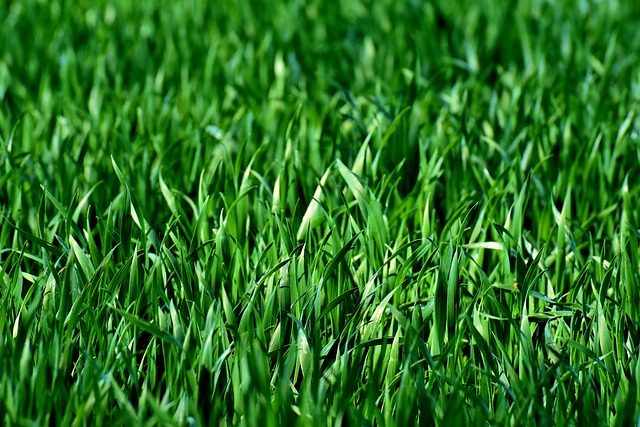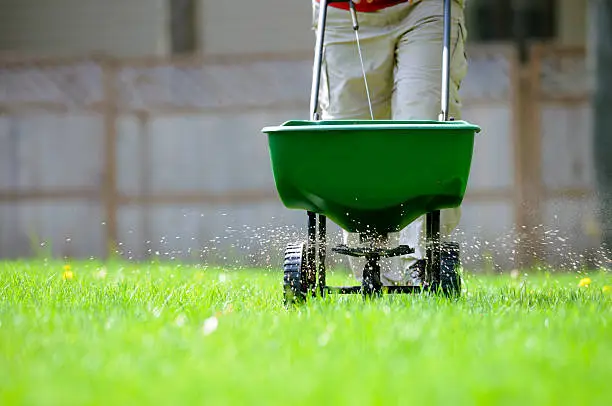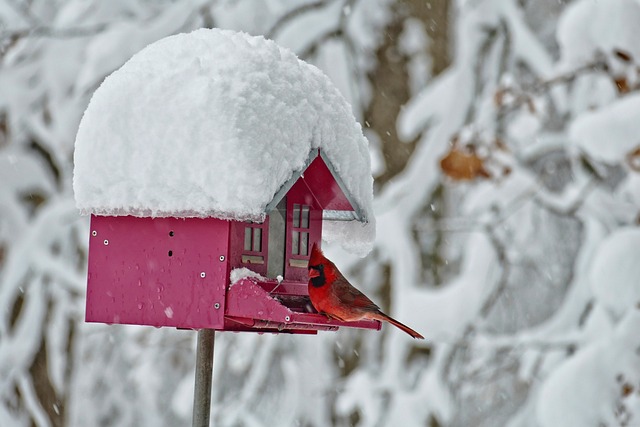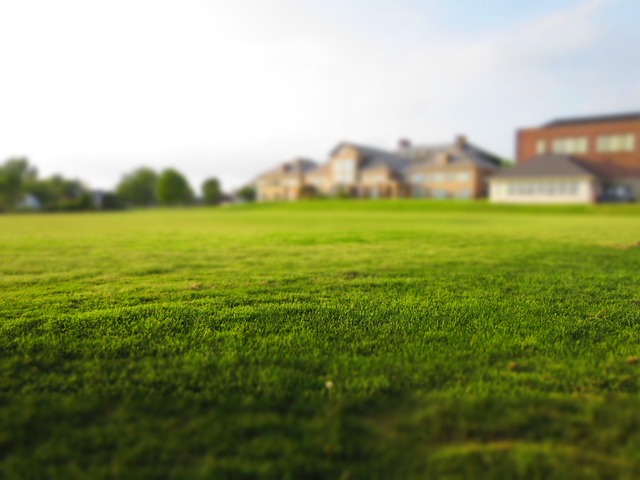How Often Should You Water a Lawn In Rochester MN?
When it comes to maintaining a lush and healthy lawn in Rochester, MN, one of the most critical aspects is watering. However, the question of how often to water your lawn in this region can be a bit tricky due to the unique climate and environmental conditions. In this article, we’ll delve into the specifics of lawn watering in Rochester, providing you with expert advice and recommendations to keep your lawn looking its best.
Lawns in Rochester, MN typically need 1 to 1.5 inches of water per week, including rainfall. However, the exact amount of water needed will vary depending on a number of factors, including:
- Weather conditions: Lawns need more water during hot, dry weather and less water during cool, wet weather.
- Soil type: Sandy soils drain more quickly than clay soils, so they need to be watered more often.
- Type of grass: Some types of grass, such as Kentucky bluegrass, are more drought-tolerant than others.
- Lawn health: A healthy lawn with deep roots will need less water than a stressed lawn with shallow roots.
How often should you water your lawn in Rochester Mn?
During the growing season (April to October), it is generally best to water your lawn deeply and infrequently. This will encourage the roots to grow deeper, making the lawn more drought-tolerant. A good rule of thumb is to water your lawn for 30-60 minutes once a week, or until the top 6 inches of soil is moist.
Pro Tip
Understanding Rochester, MN’s Climate
Before we get into the nitty-gritty of watering your lawn, it’s essential to have a good grasp of the climate in Rochester, MN. Rochester experiences a temperate climate with cold winters and warm summers. Precipitation is fairly evenly distributed throughout the year, with rainfall being more abundant in the spring and summer months.
The average annual rainfall in Rochester is around 39 inches.
Us Climate Data
The winter months can be harsh, with cold temperatures and snow cover that can last for several months. This cold season can be challenging for your lawn, and proper lawn care practices become crucial to prepare it for the dormant winter period.
The Importance of Proper Watering
Water is a fundamental component of maintaining a thriving lawn. It’s essential for nutrient transport, photosynthesis, and overall plant health. But watering your lawn in Rochester, MN is not a one-size-fits-all solution. The frequency and amount of water your lawn needs will depend on several factors:
1. Grass Type
The type of grass you have in your lawn plays a significant role in determining your watering schedule. In Rochester, cool-season grasses like Kentucky bluegrass, fine fescue, and perennial ryegrass are commonly used. These grasses require more water than warm-season varieties.
2. Soil Type
The composition of your soil will affect water retention and drainage. Rochester’s soil can vary from clay to loam, so it’s essential to know your soil type to adjust your watering schedule accordingly.
3. Weather Conditions
The local weather conditions in Rochester can be quite changeable. The frequency and amount of rainfall, temperature, and humidity levels will influence how often you need to water your lawn.
4. Time of Year
The time of year also plays a crucial role. Your lawn’s water requirements will change with the seasons. During the growing season in spring and summer, your lawn will need more water than in the dormant winter months.
How Often Should You Water Your Lawn?
Now, let’s address the main question: How often should you water your lawn in Rochester, MN? The answer depends on various factors, but we can provide you with a general guideline.
Spring and Summer
In the spring and summer, when your lawn is actively growing, you should aim to provide about 1 to 1.5 inches of water per week. This can be achieved through a combination of rainfall and irrigation. To check if your lawn is receiving enough water, you can use a rain gauge or a simple container like a tuna can. Place it on your lawn while watering and stop when it’s filled to the desired level.
Pro Tip: Watering deeply and infrequently is more effective than frequent shallow watering. This encourages deeper root growth and overall lawn resilience.
Fall
As fall approaches, the weather in Rochester, MN starts to cool down. During this time, you can gradually reduce the frequency of your watering. About 0.5 to 1 inch of water per week should suffice, as the grass’s growth rate decreases.
Winter
In winter, when your lawn is mostly dormant, it’s typically unnecessary to water unless there’s an extended period of dry weather. Be mindful of the potential for frozen ground, which can lead to runoff.
Signs Your Lawn Needs Water
Understanding when your lawn needs water is just as important as knowing how often to water. Here are some signs to watch for:
1. Grass Color
If your lawn starts to take on a bluish-gray tint or looks dull, it’s a sign of water stress.
2. Footprints Remain
When you walk on your lawn, if your footprints remain visible, your grass may not be bouncing back, indicating a need for water.
3. Wilting Grass Blades
Wilting grass blades are another clear sign that your lawn is thirsty. Check the moisture level by digging a few inches into the soil – it should be damp but not waterlogged.
Efficient Lawn Watering Techniques
To ensure you’re making the most of your watering efforts, here are some efficient techniques to keep in mind:
1. Morning Watering
Water your lawn in the morning when the temperatures are cooler. This reduces the likelihood of evaporation, ensuring the water reaches the roots.
2. Deep Watering
Ensure that you water deeply to encourage deep root growth. Light, frequent watering can result in shallow root systems, making your lawn more vulnerable to stress.
3. Proper Irrigation System
Investing in an efficient irrigation system, like a sprinkler with a timer, can make lawn watering more manageable and consistent.
4. Aerate Your Lawn
Regularly aerating your lawn can improve water penetration and allow your grass roots to access oxygen and nutrients more effectively.
Additional Tips for Rochester, MN
In Rochester, MN, the unique climate requires some extra attention to keep your lawn in top shape:
- Overseed in Fall: To ensure your lawn stays thick and green, consider overseeding in the fall. This helps fill in any bare spots and rejuvenates your grass.
- Fertilize Smartly: As mentioned in the introduction, around the beginning of September, apply 2/3 of your total annual nitrogen application. If you haven’t done a soil test, a fertilizer grade of 24-0-12 is a good option for many lawns, and 24-0-18 can provide additional potassium to help your grass roots withstand the winter.
- Monitor Pest and Disease: Keep an eye out for common lawn pests and diseases in the region, such as grubs and snow mold. Prompt treatment can prevent significant damage to your lawn.
- Winter Preparation: Before winter sets in, ensure that your lawn is adequately prepared. Remove debris, leaves, and other organic matter that can smother your grass. Aerate if necessary and consider applying a winterizing fertilizer.
Conclusion
Maintaining a healthy lawn in Rochester, MN requires thoughtful consideration of the local climate, grass type, and seasonal changes. By following the guidelines provided in this article and keeping an eye on the specific needs of your lawn, you can enjoy a vibrant and lush green space year-round. Remember, proper watering, along with other essential lawn care practices, will go a long way in keeping your lawn in top condition.

